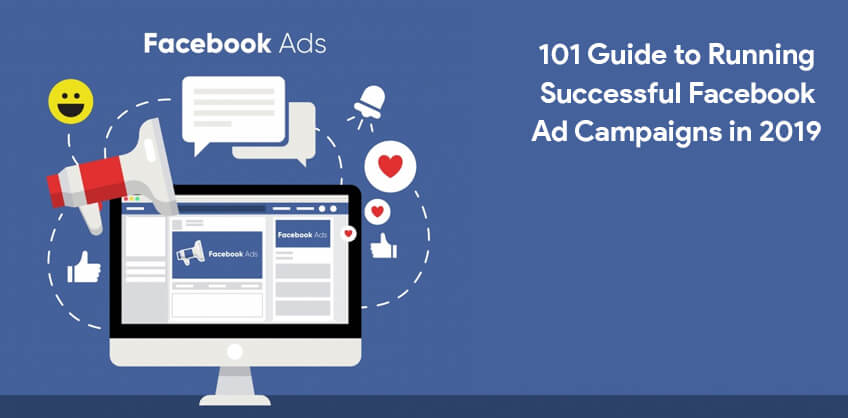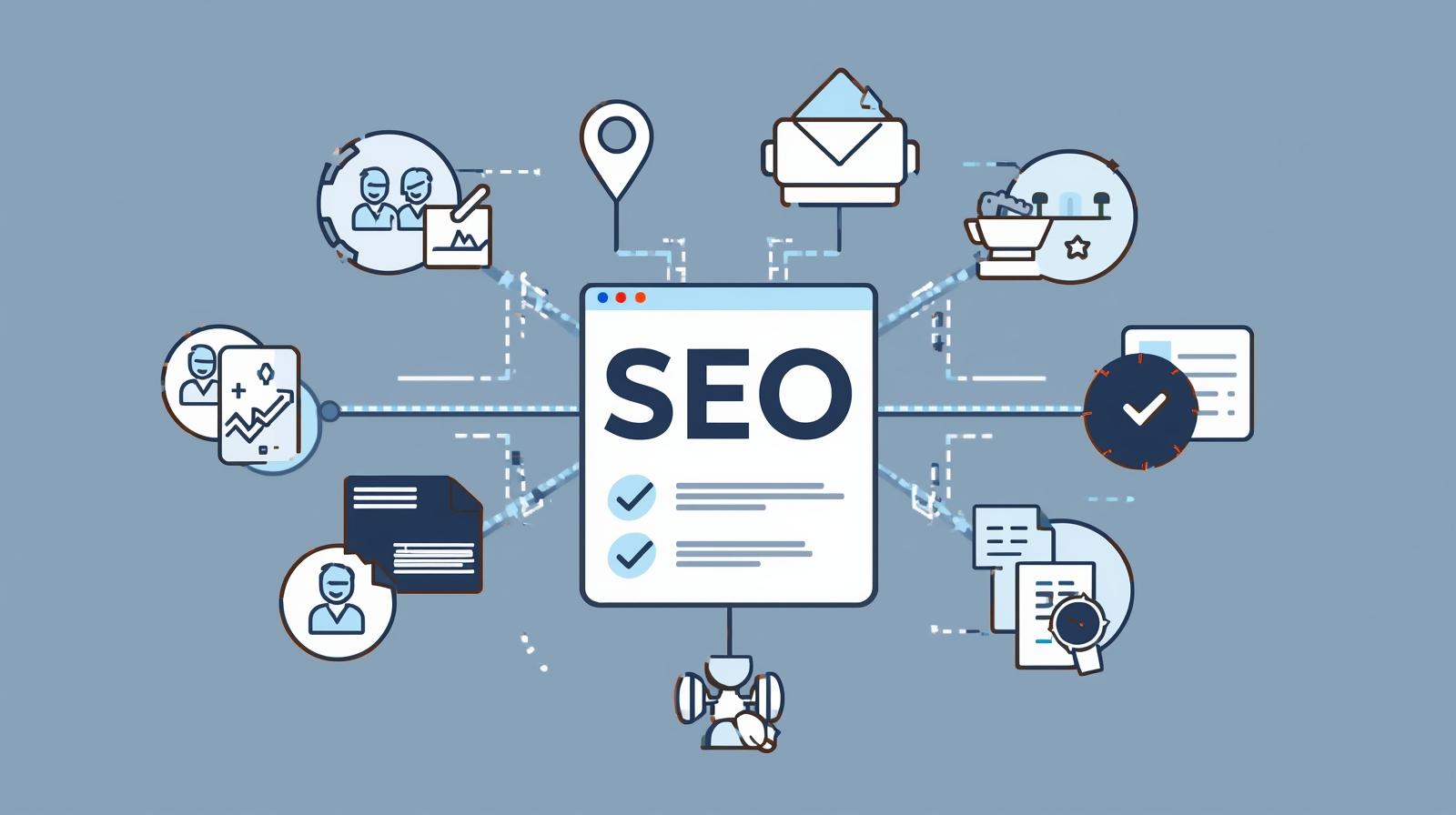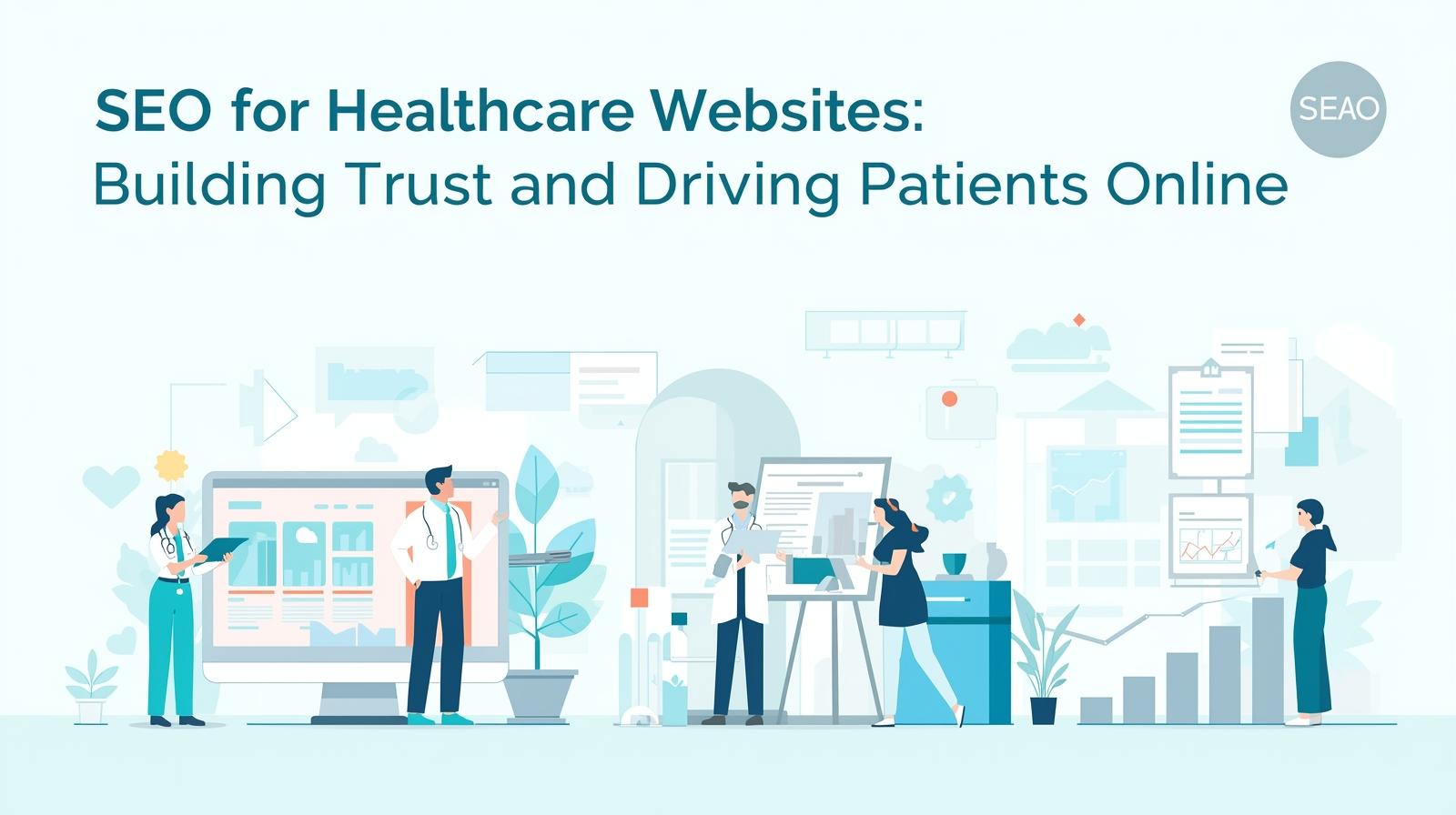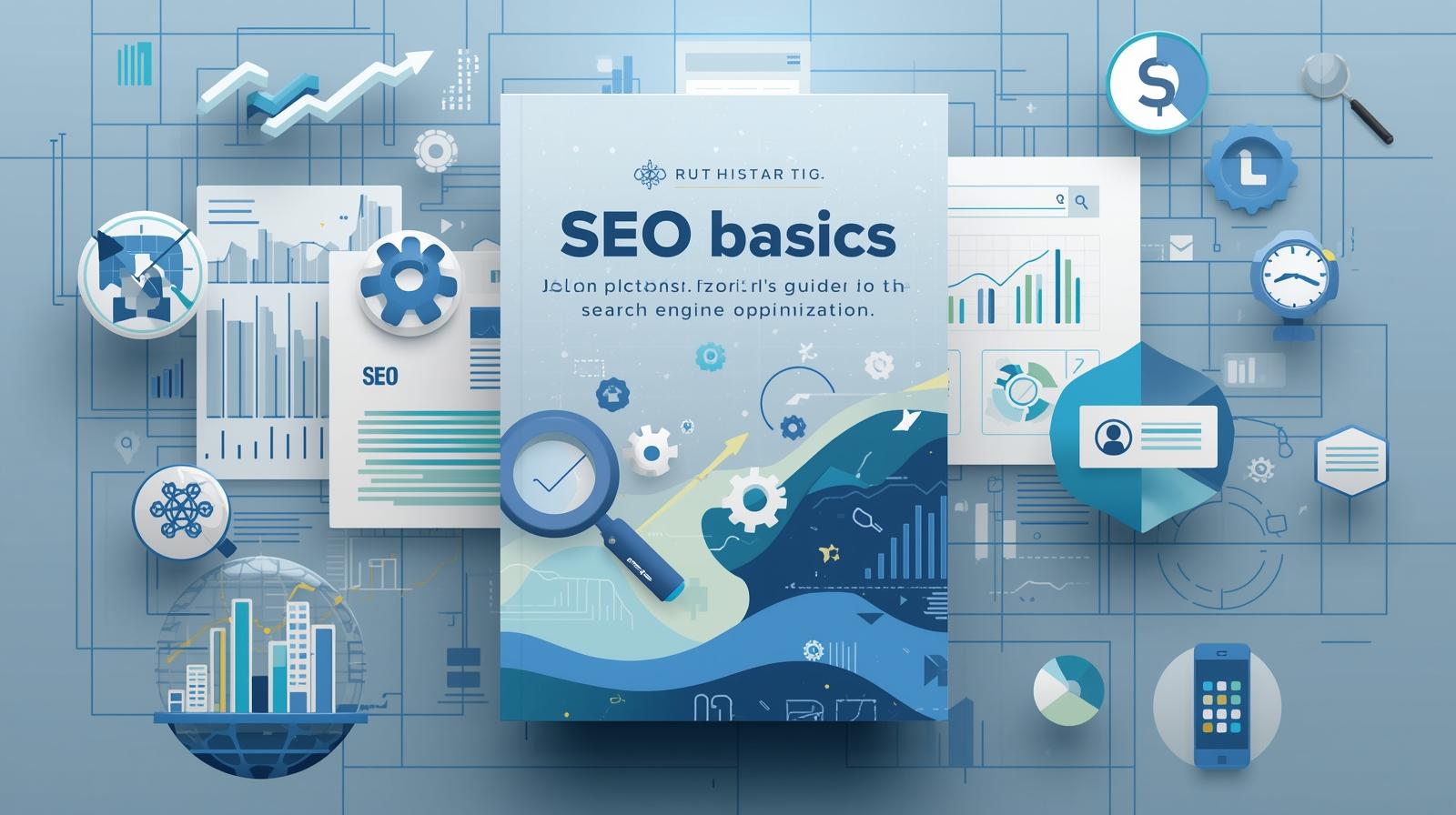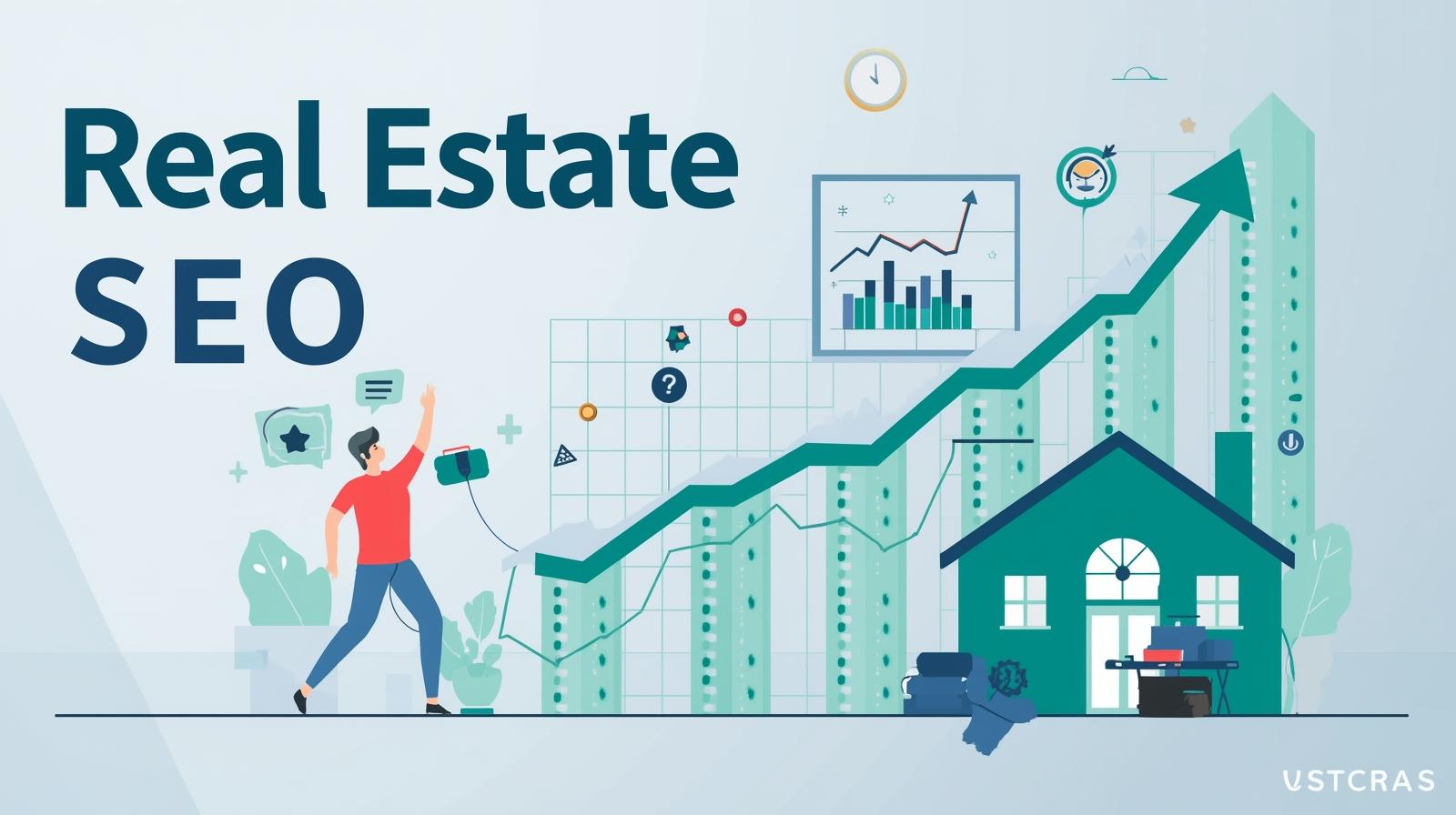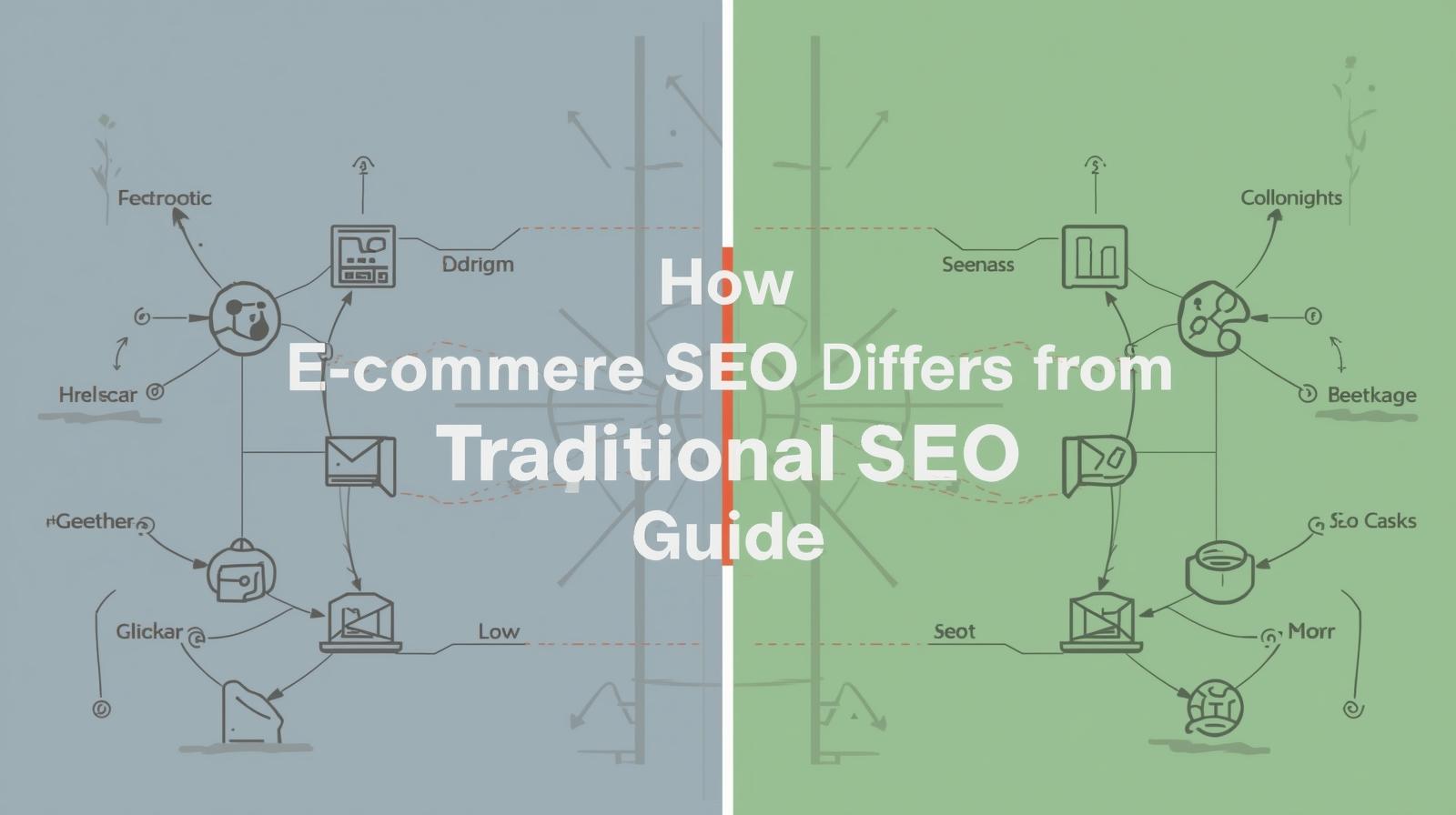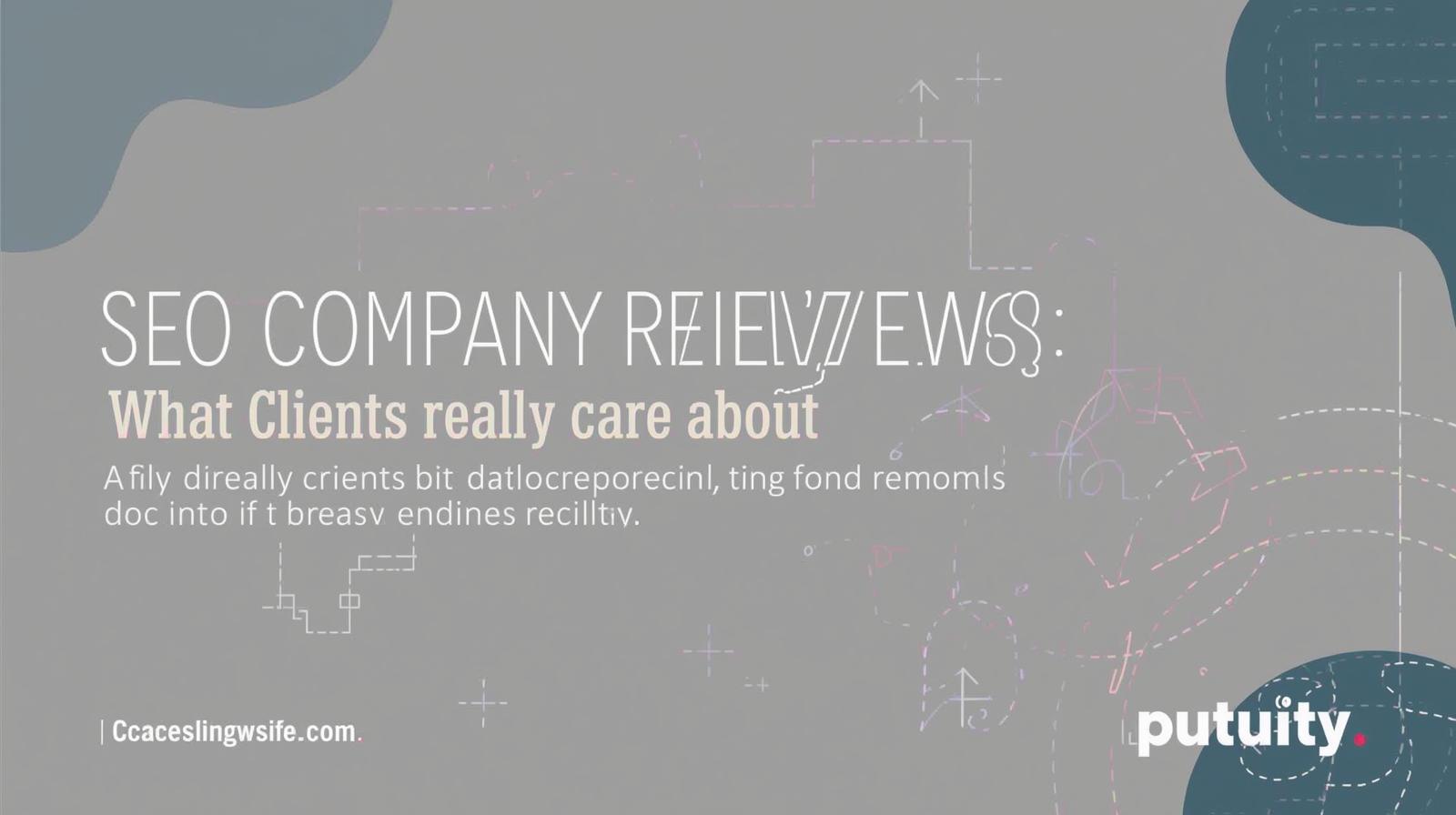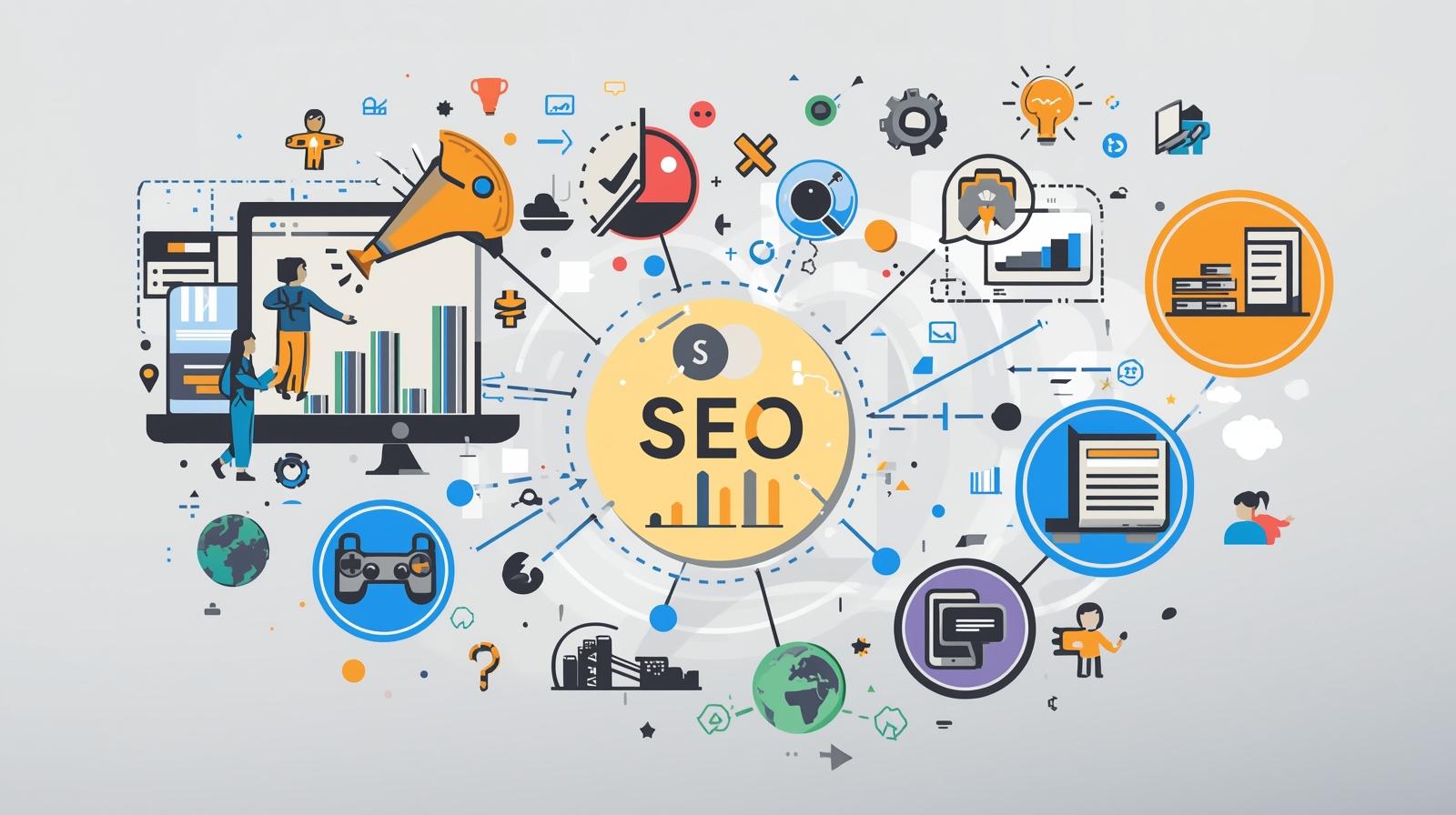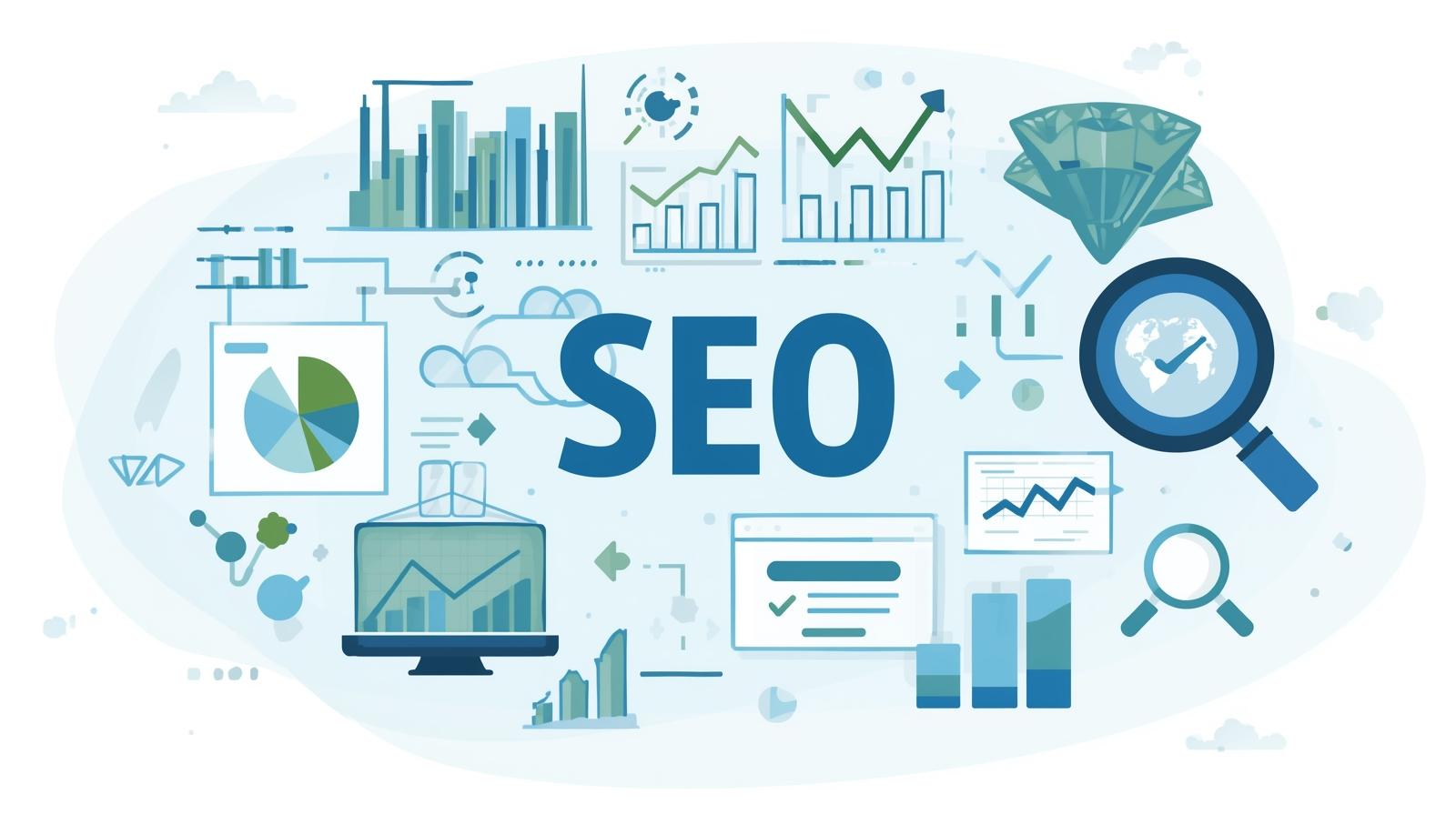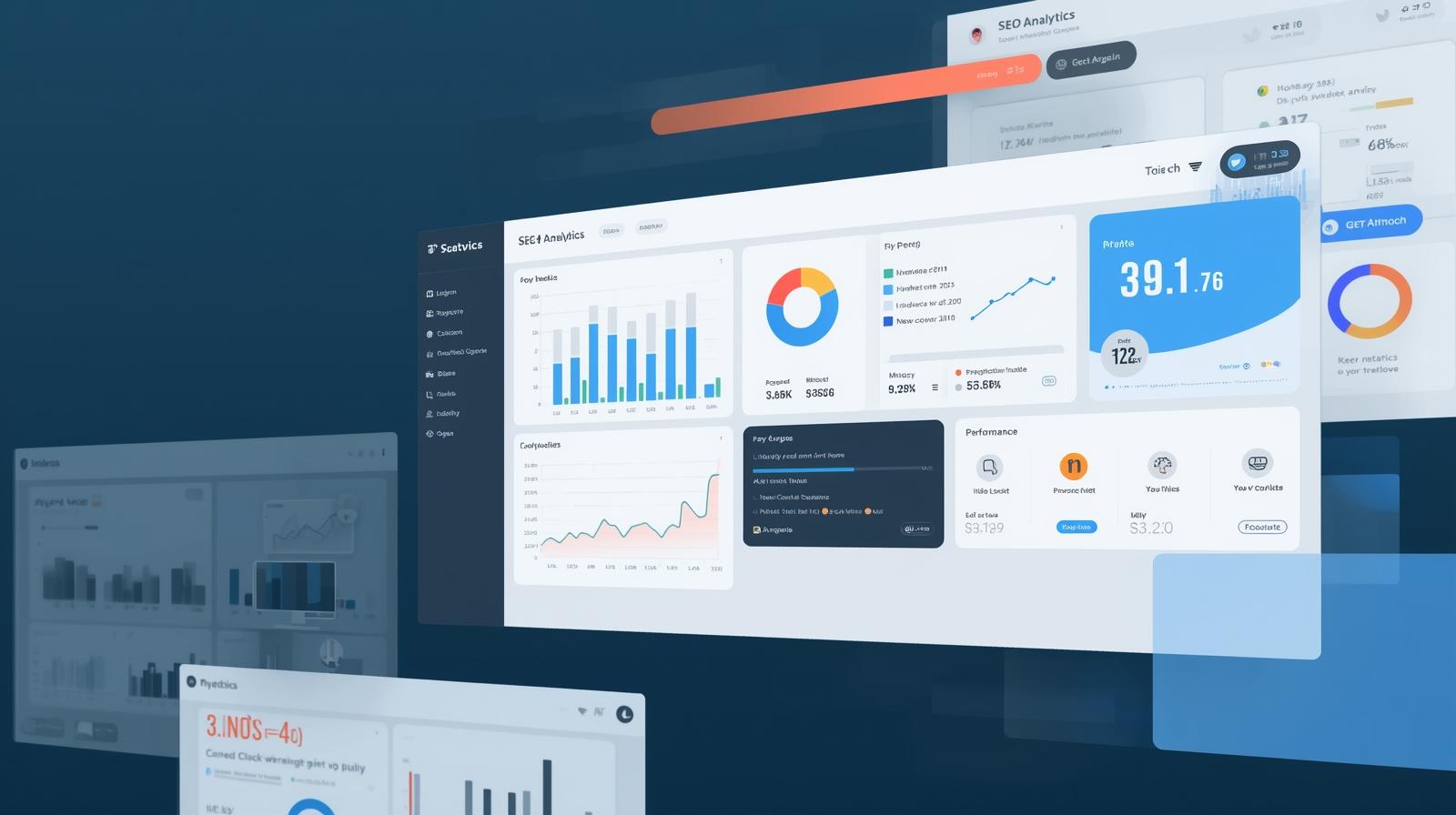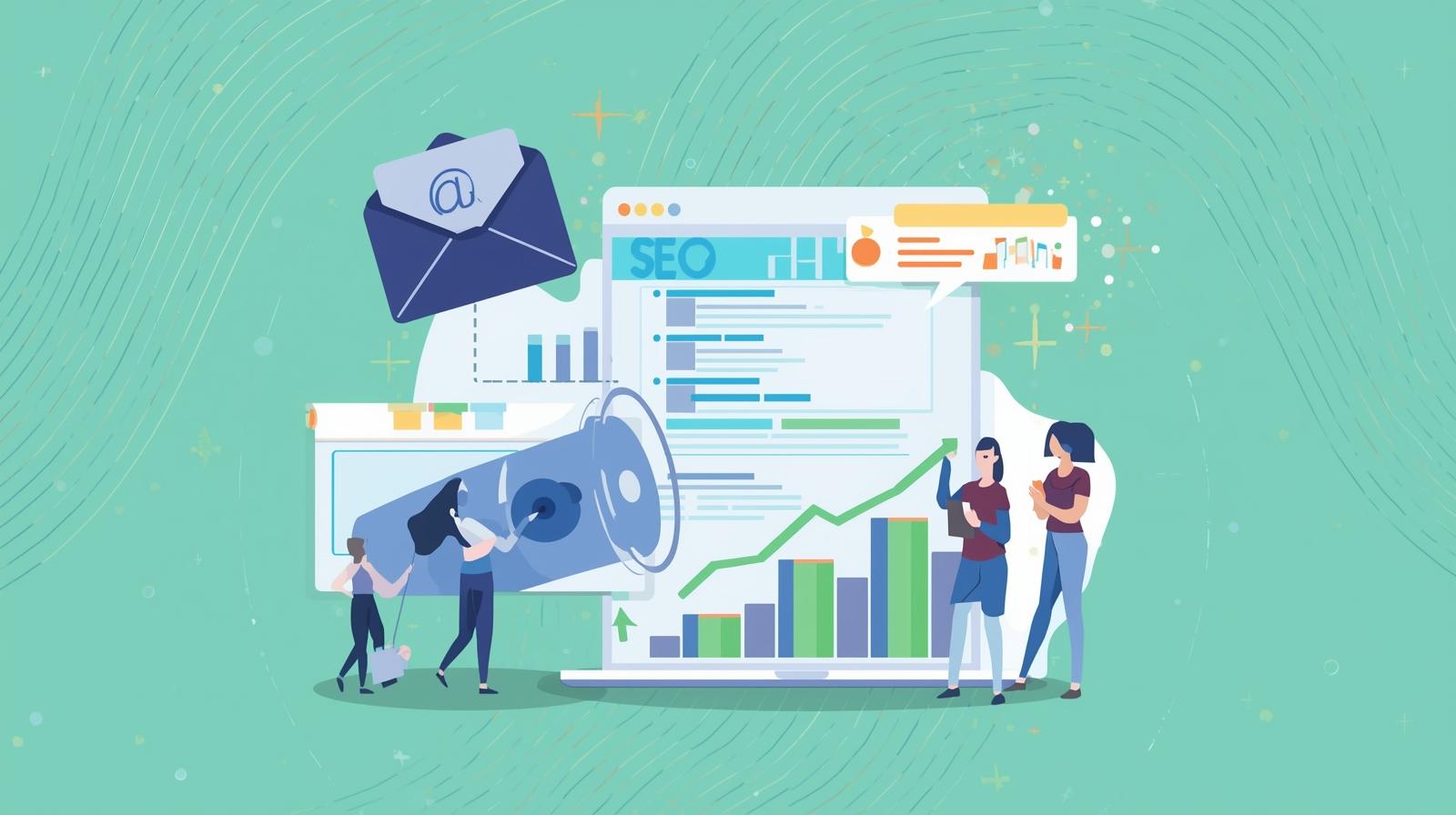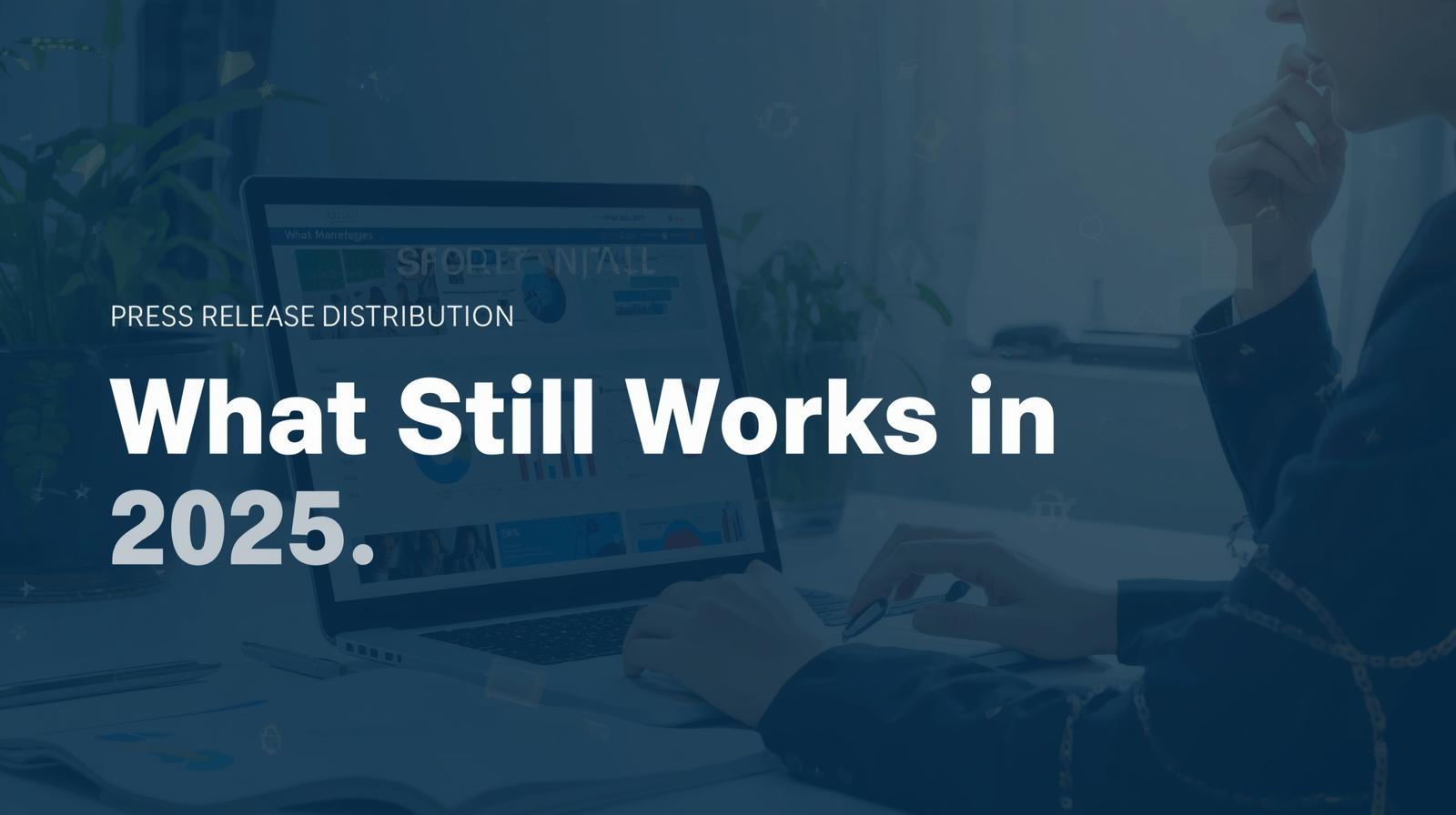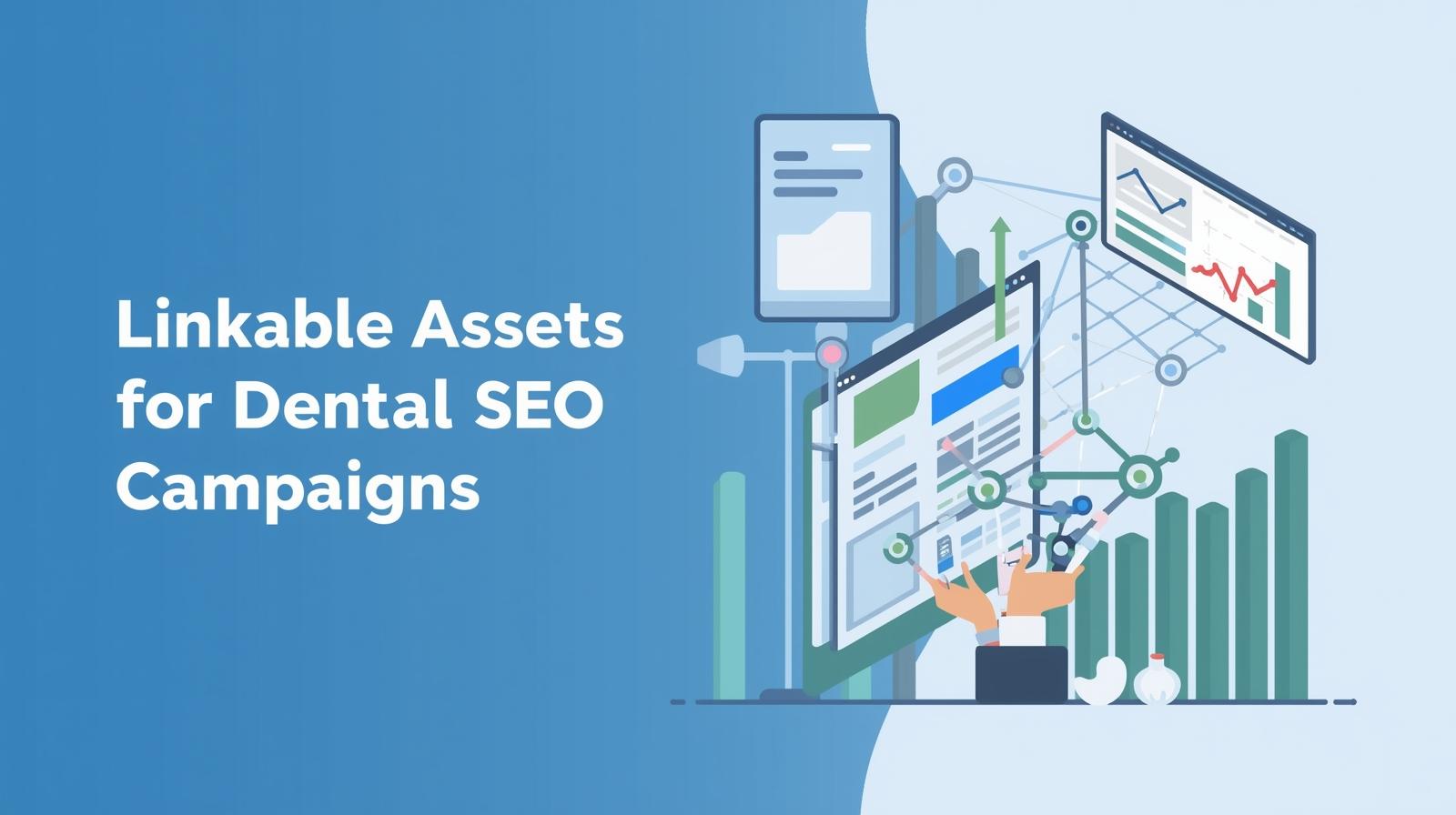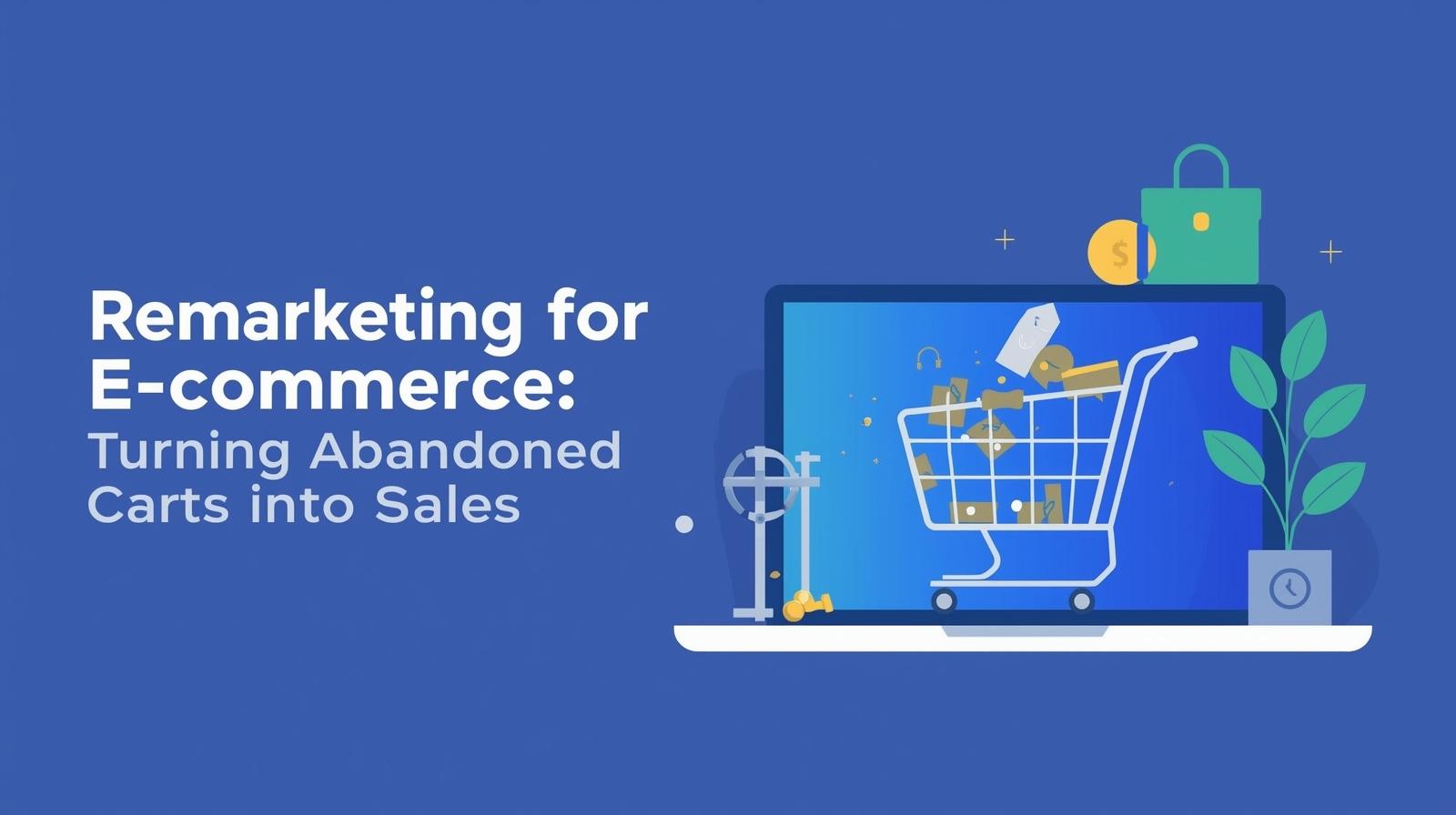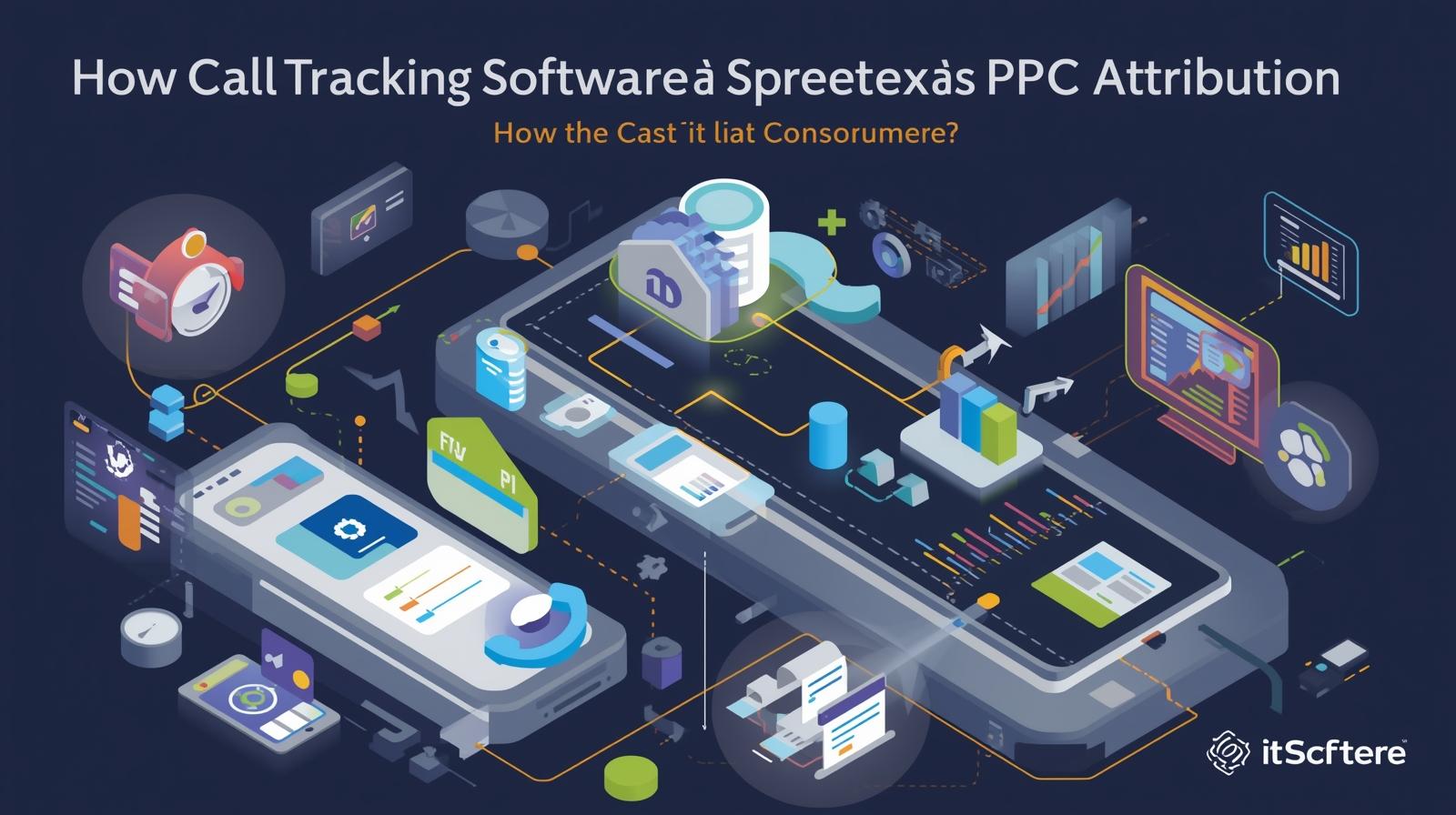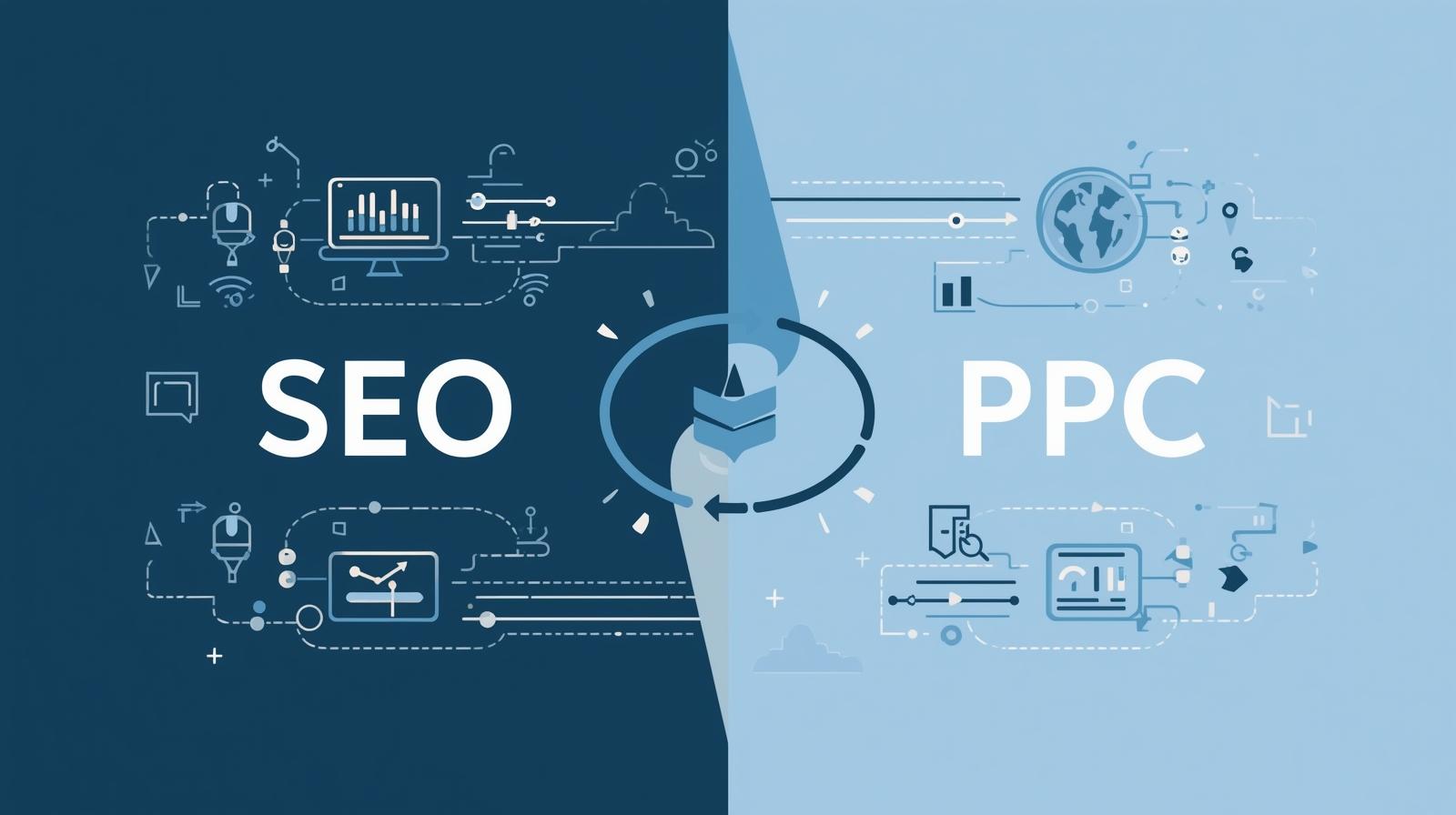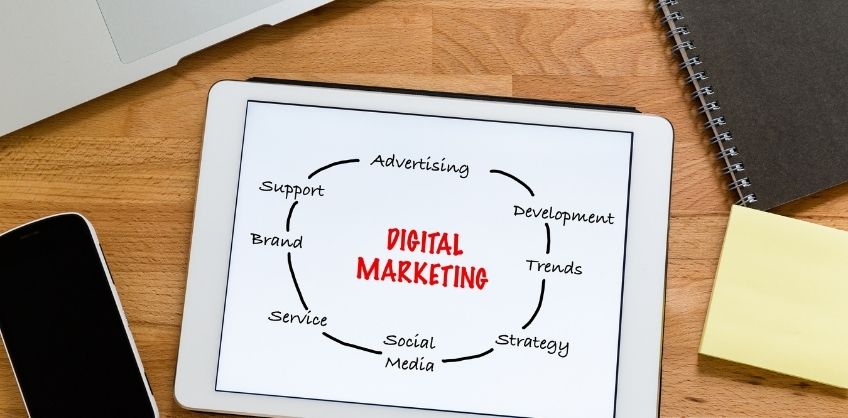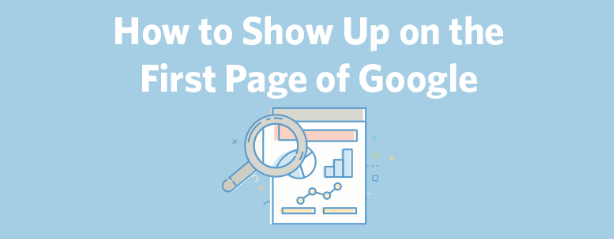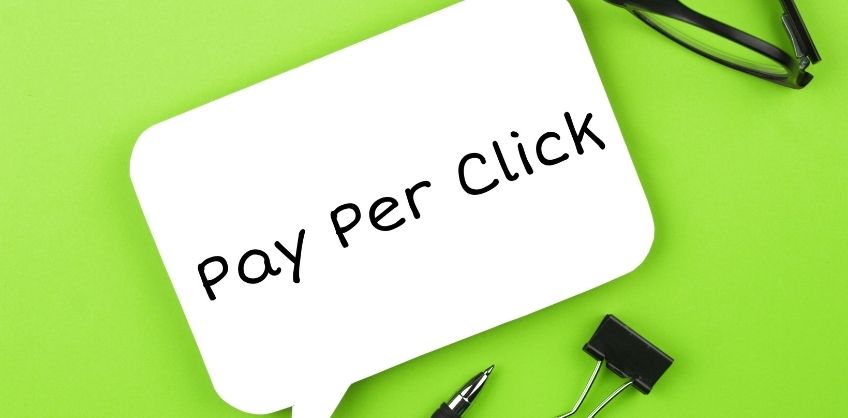March 12, 2019
There were about 2.32 billion monthly active users (MAU) on Facebook until the fourth quarter of December 2018. Impressed? Wait, there is more! The above MAU for Facebook is the highest when compared with other social media platforms, like:
- YouTube (1.9 billion),
- Instagram (1 billion),
- Reddit (330 million) and
- Twitter (326 million).
One thing that is certain from the above stats is that Facebook marketing is leader for social media advertising. Impressed by the above numbers, companies and marketing individuals worldwide spent around 7.8 billion on Facebook advertising campaign alone. So that’s your social proof right there.
But the problem with Facebook advertising strategy is that sometimes we are making huge profits, and sometimes we are losing a lot of money. But that doesn’t need to be the case. If done properly, Facebook marketing said to be the cheapest method for online marketing. And your balance sheet for Facebook advertising doesn’t need to contradict the above claim. So to help your Facebook advertising go right, here are 4 tips that you should follow in 2019 to get the most out of your Facebook Ad campaign.
1. Choosing the Right Marketing Objective
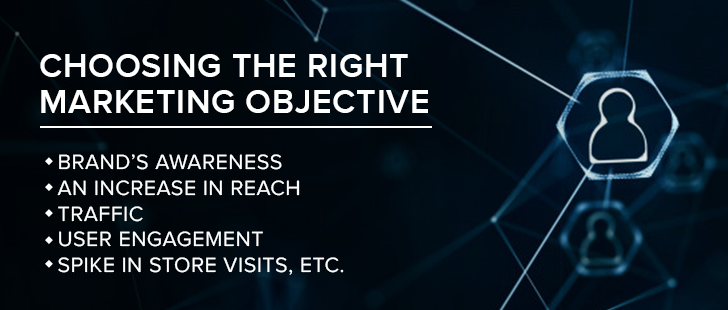
The very first page of Facebook Marketing asks us this. And that’s not the question from Facebook’s side alone. The very success of any marketing campaign depends upon having the right expectations from it. You can’t expect to makes billions in ticket sales from a movie’s teaser and trailer alone, right? Likewise, Facebook offers you options that help you create:
- Brand’s awareness
- An increase in reach
- Traffic
- User engagement
- Spike in Store Visits, etc.
Each of these options come with their own benefits. Like, for example, the Awareness column, in which the two options, Brand Awareness and Reach, help your audience know what you are about. Just like a teaser or trailer of any movie. You don’t ask, or expect, your audience to hit movie theaters as soon as you air either of them. Similar to that, creating brand awareness means letting your audience know that you are “Coming Soon”, or “You Are Here”.
The other two options, i.e. Consideration (traffic, engagement, video views, etc.) and Conversion, should be only used when you either intend to find a potential customer base or wish to drive in more sales for your product. This very initial “Objective Choice” choice of yours would later decide whether you have been successful or not with your Facebook ad campaign. So you better have the right set of expectations from them, which depends on you deciding whether you are ready or not to cater to a large audience if they decide to make a purchase from you.
Who is Your Audience?
There is no point in spending big bucks over advertising if you are not targeting the right set of audience to sell to. Your choice of an audience might depend upon various factors, like:
- Age
- Demographics
- Gender
- Education Level
- Relationship Status
- Nationality
All the above parameters make audience targeting more typical. But thankfully, audience targeting is not your problem alone, but rather a classic marketing one. And people at Facebook knew it. The biggest pro of advertising on this social media giant is that it collects users data based upon the above format already. So all you have to do is to be honest about your product usage to yourself, and let Facebook “Insight Feature” do the rest for you.
The Facebook insight feature asks you a series of questions to help you concentrate on the audience pool that has the highest potential for translating into quality leads. To begin with, it offers newbie marketers with the following option:
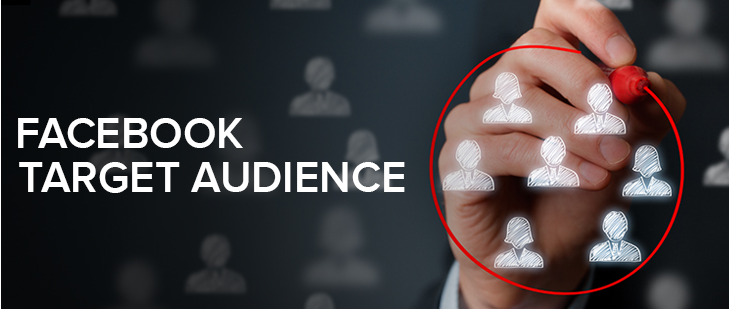
This window is useful for people who are new to the world of Facebook marketing and don’t have a strong user base in place. If you are not too sure about what to choose, simply stick with “Everyone on Facebook” option. But if you have a good number of people who have already subscribed to your page, then option number two will do just fine for you.
The real game of audience targeting starts with the “Custom Audience” option. So let us see how we could use it to its maximum for sake of reaching the biggest audience base possible.
Using Custom Audience Option in Facebook Advertising
By using “Custom audience” option on Facebook, you can easily choose to advertise to the people who think have more chances to convert. The key to using this option lies into having the hold of the right set of data which could assist you to make well-informed decisions, which brings us to our tip 1 os using custom audience option on Facebook.
Tip 1: Have the Right Data
According to SproutSocial, a social media engagement software provider,
- 83% of Women & 75% of Men Use Facebook.
- Of all the users on Facebook, 79% are college graduates
- 85% of daily active users come from outside of America
The point here is to help you have an idea about what kind of data you would need to tailor make your Facebook Ad campaign. Gender, education level, demographics are some of the important parameters that Facebook uses to target its user base for showing ads. So before you launch any Ad Campaign on the platform, having the right set of data would only help your cause.
Tip 2: Combine Your Website With Facebook’s “Pixel”
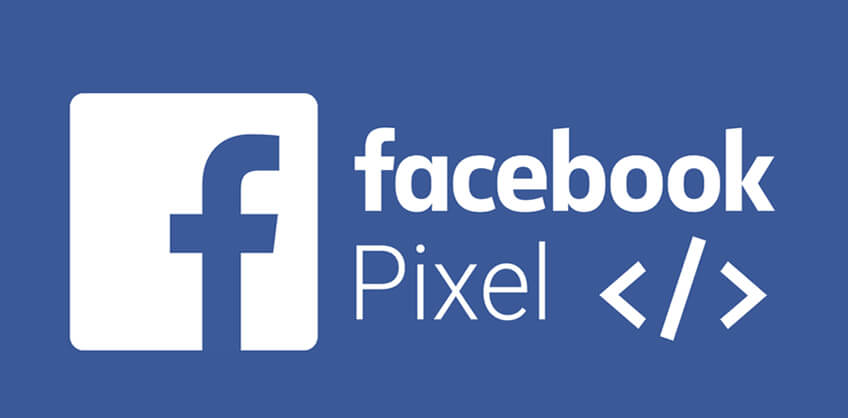
Facebook pixel is basically a code that you could easily embed on your product or service website, which then helps you track the behavior of your visitors. By using Pixel, you can:
- Track conversion from Facebook advertising campaign,
- Optimize Your Facebook paid advertising for Better Conversion
- Remarket to people who have shown interest previously
- Target customers who have spent the most time on your website
Tip 3: Use the Right Kind of Engagement Audience
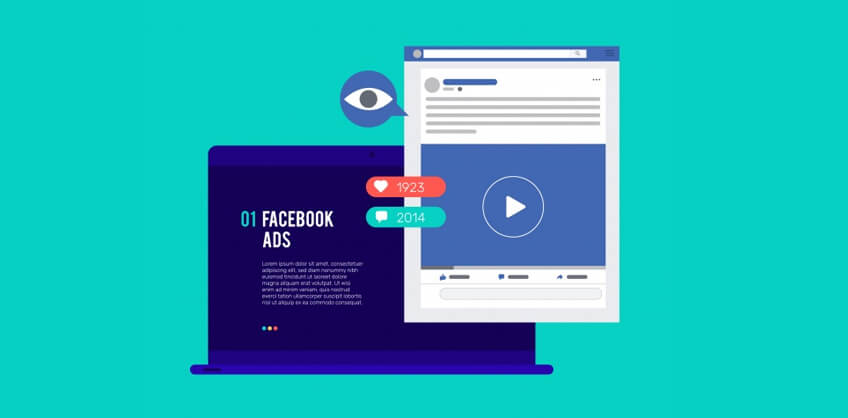
The Engagement option helps you target the Facebook audience who have interacted with your Facebook content by:
- watching your FB video
- Filling up a form on your Leads ads
- Opening up your FB canvas
- Visiting your FB page
By analyzing such behavior of users, you can do two things:
- First, invest more on content that is attracting the maximum audience
- Second, advertise to those whose mode of interaction is more in sync with the values of your products.
Tip 4: Use Facebook’s “Audience Insight”
This is where the data sets which we have talked about in tip 1 would be of most use. FB’s Audience Insight feature allows you to aim your ads based on
- Demographics
- Page Likes
- Locations
- Activity
- Household
- Purchase
- Relationship Status
- Education level
Selecting the right options would automatically serve your ads to the right audience. A feat that is too hard to achieve if one goes by traditional marketing method.
3. Don’t sound like an ad
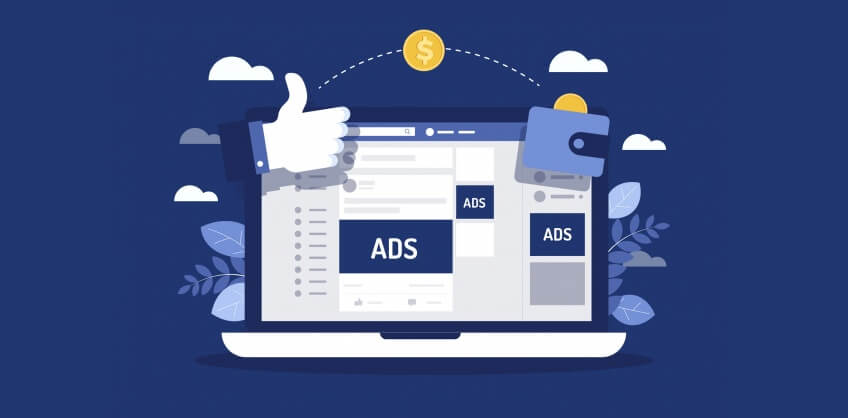
Once you have decided the objective of your Ad campaign and have zeroed -in on the right audience pool, it is time to write an Ad; that doesn’t sound like an Ad.
An instructor at Academy of Art University, California, once said
“Sell a good night’s sleep – not the mattress”
To make more sense, here is another quote by Dael Carnegie. He said
“People aren’t interested in you. They’re interested in themselves”
The point of advertising was never to let people know what you aim to sell. Or what offers you provide. Effective advertising is always about what problems you aim to solve. That’s why TV adverts that aim to sell teenage dietary supplements start by addressing common problems of teenagers, like:
- Concentration
- Depression
- Weakness
- Growth Subjugation
No matter how good your advert is, it won’t sell unless you answer this very common question that pops into the head of people looking at your Facebook Ad campaign: What’s in it for me?
This is, just like the above two, is a classic advertising problem too. But unlike the above too, Facebook doesn’t have any technical solution to it. This time you are on your own. But when technology ditches, history teaches. So let us get back to some old-school copywriting solution that could help you write an advert that will deliver you best results.
1. Solve. Don’t Sell
From the above two quotes, you should keep in mind that people are least interested in what you intend to sell. They don’t want to know how cutting edge your technology is. They don’t want to know if you are using the state-the-art machines in your labs to produce your products. All you have to answer is, “Will I be getting anything out of it?” Only if you can make your users believe that the product could solve a problem that has been bothering them for a long time, you could expect your sales to skyrocket.
2. Use Emotions
“There are two motives to action: self-interest and fear.”
Napoleon Bonaparte
That’s why it’s important to read history folks. They help us big time with copywriting lessons. The great military leader and French statesman, Napoleon Bonaparte, tells us how people will decide after seeing a Facebook advertising campaign. Remember how beauty creams shout “Anti-ageing” and “Forever Young” throughout their ads? Or how dietary supplements that promise to give you that extra inch, with your height, first address the “Humiliation” that small people suffer from the hands at the hands’ of tall people? That’s called making your audience emotional, or afraid. Afraid of getting old, or looking smaller than other people.
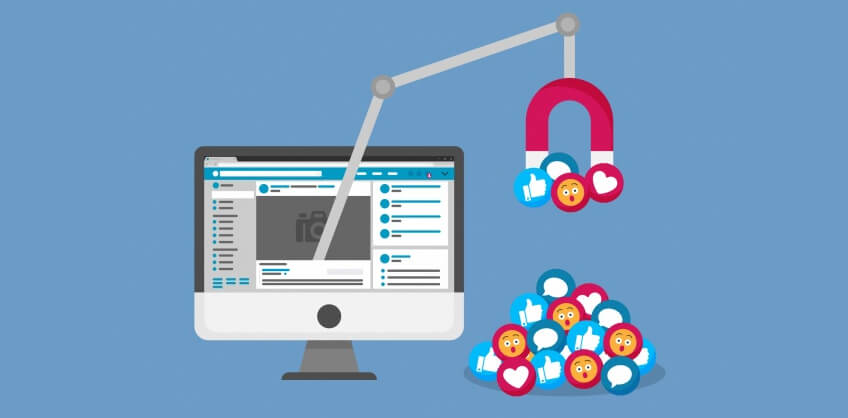
No matter what you sell or provide service about, touch people where it pains the most, followed by your solution to it.
3. Talk Benefits. Not Features
Again, stop talking about yourself. That’s one thing many brands have been doing wrong for a long time now. They talk about chemicals in their products that are too tough to understand, without telling about the benefits they deliver to the user. Talk about the benefits of your product in every possible parameter that exists. Like:
- Value it would add to the user’s life.
- The money they would save. That too in the form of concrete numbers. So instead of writing “Big sale” or “High discount”, write “5% off” or “Flat $2 off”.
4. Race Against Time
Put a count down timer on your FB ad, or on your landing page. Tell your visitors that they are about to miss an “Opportunity of a lifetime”. FOMO, or Fear Of Missing Out, is a strong motivator of today’s digital age. People can’t afford to miss out on deals that are “too good to be true”.
4. Use A/B Split Testing for Ads
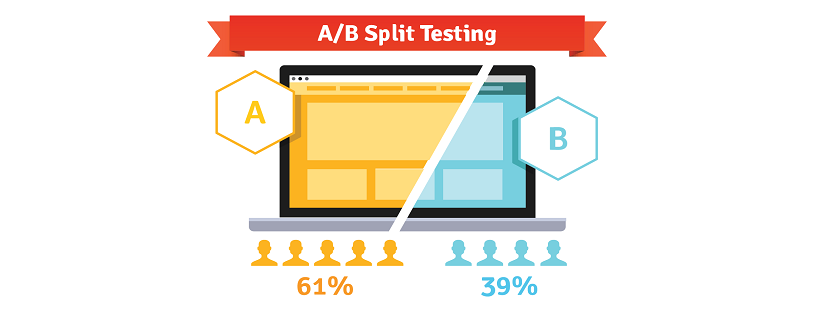
Facebook launched its split testing feature for ads in 2017, and since then, marketers have used it to its fullest. Split testing is basically testing two versions, with a slight variation of their own, of an advert, to understand which version is performing better for your customers. Split testing helps you determine what makes sense to your customers, helping you save a little more on your ad campaign.
The motto of split testing is this: To deliver Maximum in Minimum. That is, to make your users understand the maximum of what you do, with minimum and best content (letters and graphics). So here is what you should do, and what you should not, while conducting A/B split tests for your ad campaign.
A. Tests for Imagery With a Difference
Facebook advertising campaigns are all about images. Success and failure of your ad campaigns depend on using the right set of imagery for an ad. That’s why it makes sense to test your current image, with another one that could increase your profits. But instead of testing on your hunch, try to come up with a hypothesis. Have a solid reason behind what you think isn’t working, and what will. Only make changes that would be noticed by your audience.
B. Test for Texts (Messages, CAT, Discounts texts)

Once your image has made your audience to stop scrolling, it’s time to make them click. An action that is only triggered once your audience has read, understood and is now impressed much with the text written on the image. In most cases, sticking with a simple “Join Today”, which is short. is better than “Sign Up Now”, which is longer.
C. Tests for What Makes Your Audience Tick
Sometimes, a generic image would do. But on many occasions, your baby food would only sell if its advert has a picture of a baby on it. Such changes are creative ones and take time to come up with. But you shouldn’t refrain from using such changes even when you are making enough money with your current version.
D. Don’t Test for Something That Isn’t Noticeable
While split testing, perfection gets the better of creativity, and advertisers ending up testing for details that go mostly unnoticed in an ad. Simply wasting money over such details won’t bring in any profit. Test only for what that is clear and looks different to any Tom, Dick, and Harry. Don’t sit and kill time over something that is of no value to your ad banner.
E. Test Only for Slight Variation
A/B tests were assigned only two letters for a reason. Two letters mean that one should stick only with two variations. One current and the other one a little modified. Testing for three, four, or five versions of the same ad would only leave you with confusion. You will never be able to come up with the right set of colors, text, and imagery at the end of your split test. Just stick with two creative versions at one time, and your split test would fare well.
Conclusion
Digital marketing teams across the world seem to be in love with Facebook advertising campaign and Facebook paid advertising. Which means You have all the reasons to pursue it, and
You should keep on improvising and learning to stand out from your competition.
The key here is to understand and look from the point of view of your users and spend your creative insights in coming up with ads that are simple and intriguing at the same time.

Recent Posts
ARE YOU A LEADING SEO SERVICE PROVIDER?
Get listed in world's largest SEO directory today!
Directory listing counter is continuously increasing, be a part of it to gain the advantages, 10309 Companies are already listed.

